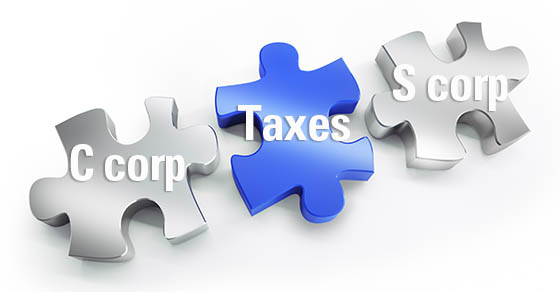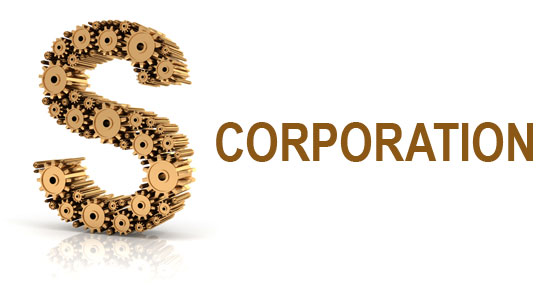If you own an unincorporated small business, you may be frustrated with high self-employment (SE) tax bills. One way to lower your SE tax liability is to convert your business to an S corporation.
SE tax basics
Sole proprietorship income, as well as partnership income that flows through to partners (except certain limited partners), is subject to SE tax. These rules also apply to single-member LLCs that are treated as sole proprietorships for federal tax purposes and multi-member LLCs that are treated as partnerships for federal tax purposes.
In 2025, the maximum federal SE tax rate of 15.3% hits the first $176,100 of net SE income. That includes 12.4% for the Social Security tax and 2.9% for the Medicare tax. Together, we’ll refer to them as federal employment taxes.
The rate drops after SE income hits $176,100 because the Social Security component goes away above the Social Security tax ceiling of $176,100 for 2025. But the Medicare tax continues to accrue at a 2.9% rate, and then increases to 3.8% at higher income levels because of the 0.9% additional Medicare tax. This 0.9% tax applies when wages and SE income exceed $200,000 for singles and heads of households, $250,000 for married couples filing jointly and $125,000 for married couples filing separately.
Tax reduction strategy
To lower your SE tax bill, consider converting your unincorporated small business into an S corp and then paying yourself (and any other shareholder-employees) a modest salary. Distribute most (or all) of the remaining corporate cash flow to the shareholder-employee(s) as federal-employment-tax-free distributions.
S corp taxable income passed through to a shareholder-employee and S corp cash distributions paid to a shareholder-employee aren’t subject to federal employment taxes. Only wages paid to shareholder-employees are subject to them. This favorable tax treatment places S corps in a potentially more favorable position than businesses conducted as sole proprietorships, partnerships or LLCs.
The caveats
However, this strategy isn’t right for every business. Here are some considerations:
1. Operating as an S corp and paying yourself a modest salary saves SE tax, but the salary must be reasonable. Otherwise, you run the risk of the IRS auditing your business and imposing back employment taxes, interest and penalties.
You can minimize that risk if you gather objective market evidence to demonstrate that outsiders could be hired to perform the same work for salaries equal to what you’re paying.
2. A potentially unfavorable side effect of paying modest salaries to an S corp shareholder-employee is that it can reduce your ability to make deductible contributions to tax-favored retirement accounts. If the S corp maintains a SEP or traditional profit-sharing plan, the maximum annual deductible contribution for each shareholder-employee is limited to 25% of his or her salary.
So, the lower the salary, the lower the maximum contribution. However, if the S corp sets up a 401(k) plan, paying modest salaries won’t preclude generous contributions.
3. Operating as an S corp requires extra administrative hassle. For example, you must file a separate federal return (and possibly a state return).
In addition, you must scrutinize transactions between S corps and shareholders for potential tax consequences, including any transfers of assets from an existing sole proprietorship or partnership to the new S corp. State-law corporation requirements, such as conducting board meetings and keeping minutes, must be respected.
Mechanics of converting
To convert an existing sole proprietorship or partnership to an S corp, a corporation must be formed under applicable state law, and business assets must be contributed to the new corporation. Then, an S election must be made for the new corporation by a separate form with the IRS by no later than March 15 of the calendar year, if you want the business to be treated as an S corp for that year.
Suppose you currently operate your business as a domestic LLC. In that case, it generally isn’t necessary to go through the legal step of incorporation to convert the LLC into an entity that will be treated as an S corp for federal tax purposes. The reason is because the IRS allows a single-member LLC or multi-member LLC that otherwise meets the S corp qualification rules to simply elect S corporation status by filing a form with the IRS. However, if you want your LLC to be treated as an S corp for the calendar year, you also must complete this paperwork by no later than March 15 of the year.
Weighing the upsides and downsides
Converting an existing unincorporated business into an S corp to reduce federal employment taxes can be a wise tax move under the right circumstances. That said, consult with us so we can examine all implications before making the switch.









